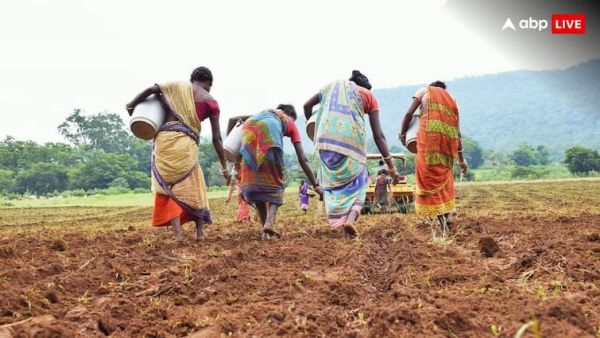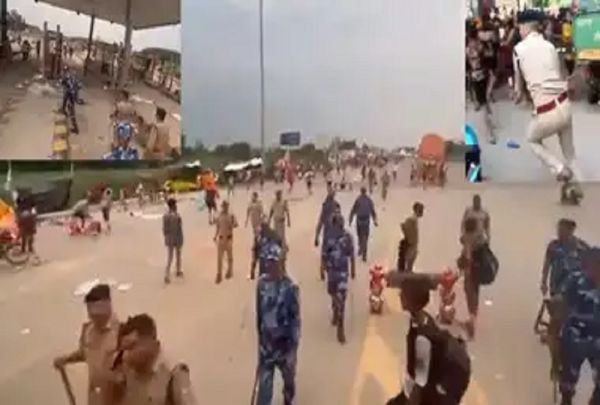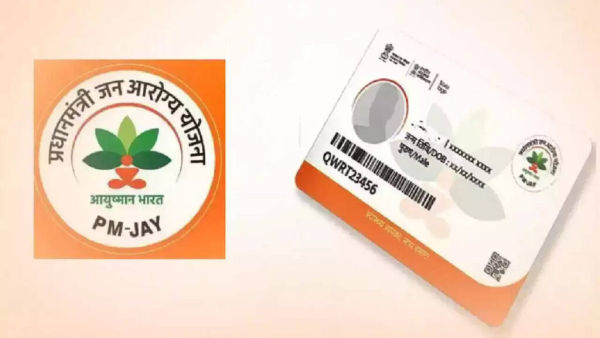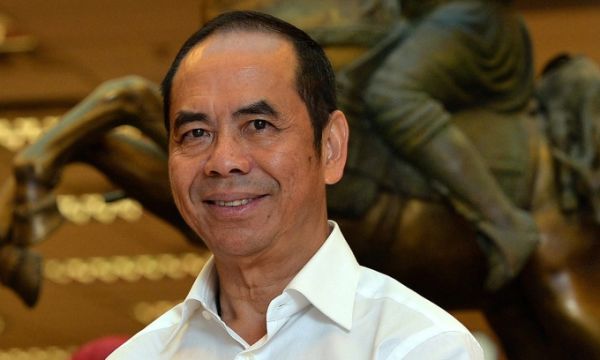
India has seen a remarkable drop in extreme poverty over the past decade, with the rate falling sharply from 27.1 per cent in 2011-12 to just 5.3 per cent in recent years. This improvement comes even as the World Bank raised the threshold for measuring poverty to USD 3 per day, up from the earlier USD 2.15 benchmark adjusted for 2021 prices. The revised poverty line accounts for inflation between 2017 and 2021, making it a more accurate reflection of current living costs.
According to the World Bank’s recent report, around 54.7 million people in India were living on less than USD 3 per day in 2024, representing 5.44 per cent of the population. This highlights the scale of poverty reduction despite a higher standard for defining poverty.
Key Factors Behind Poverty Reduction
The report credits free and subsidized food transfers as a significant contributor to lowering poverty levels, while noting a narrowing rural-urban poverty gap. Specifically, the extreme poverty rate dropped from 16.2 per cent in 2011-12 to 2.3 per cent in 2022-23. The poverty rate measured at the lower-middle-income country (LMIC) threshold also declined by 33.7 percentage points.
The five most populous states in India continue to account for over half (54 per cent) of the country’s extremely poor population, pointing to regional disparities that persist despite overall progress.
Economic Outlook And Risks
Economically, India’s real GDP in FY25 remains about 5 per cent below the pre-pandemic trend level. The World Bank expects growth to gradually realign with its potential by 2027-28, assuming that global uncertainties subside in an orderly fashion. However, it warns of substantial downside risks, including ongoing global policy shifts and elevated trade tensions, which could reduce demand for Indian exports and delay investment recovery.
The current account deficit is projected to average 1.2 per cent of GDP between FY26 and FY28, supported by capital inflows. Foreign exchange reserves are expected to stay stable at roughly 16 per cent of GDP, ensuring economic resilience.
Massive Impact On Poverty Reduction
Overall, the World Bank underscores India’s success in lifting 171 million people out of extreme poverty during the past decade. “Over the past decade, India has significantly reduced poverty. Extreme poverty (living on less than USD 2.15 per day) fell from 16.2 per cent in 2011-12 to 2.3 per cent in 2022-23, lifting 171 million people above this line,” the report stated.
Additionally, rural extreme poverty dropped from 18.4 per cent to 2.8 per cent, while urban extreme poverty fell from 10.7 per cent to 1.1 per cent, significantly reducing the rural-urban poverty gap from 7.7 to 1.7 percentage points, reflecting a 16 per cent annual decline in poverty levels across the country.









